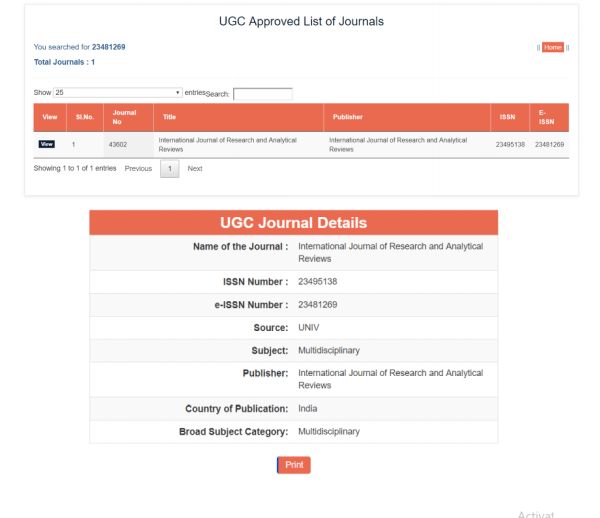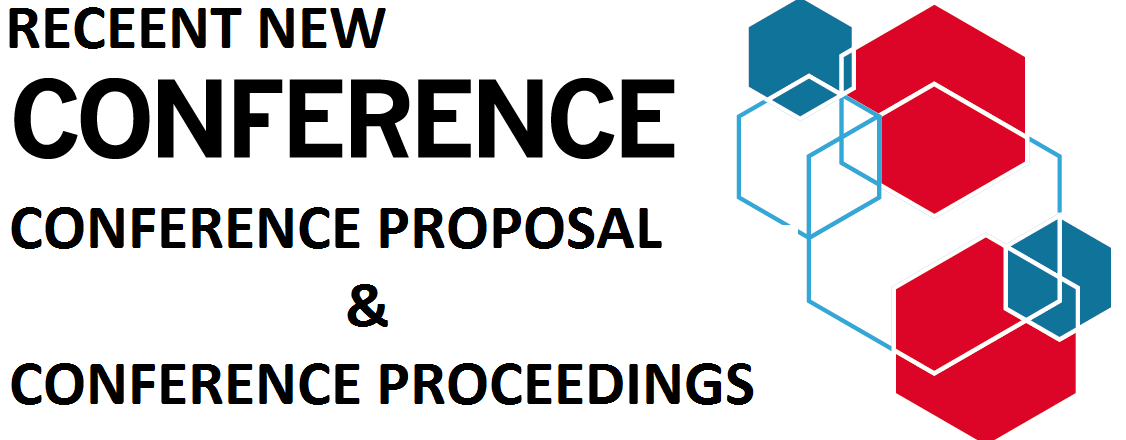



IJRAR Peer-Reviewed (Refereed) Journal as Per New UGC Rules.
ISSN Approved Journal No: E-ISSN 2348-1269, P- ISSN 2349-5138
Journal ESTD Year: 2014 | CrossRef DOI
Read all new guidelines related publication before submission or publication. Scholarly open access , Peer-reviewed, and Refereed, Impact Factor: 7.17, AI-Powered Research Tool , Multidisciplinary, Monthly, Indexing in all major database & Metadata, Citation Generator, Digital Object Identifier(DOI), UGC Approved Journal No: 43602(19)
Unique Identification Number - IJRARTH00347
Paper ID - 317902
Author type - Indian Author
Page Number(s) - 461-499
Pubished in - Volume 12 | Issue 3 | August 2025
DOI (Digital Object Identifier) -
No Of Downloads - 100
Author Country - India, 110045, New Delhi, New Delhi, 110045, Other area not in list
Publisher Name - IJPUBLICATION | IJRAR | www.ijrar.org | E-ISSN 2348-1269, P- ISSN 2349-5138
E-ISSN 2348-1269, P- ISSN 2349-5138
Published Paper PDF : - http://www.ijrar.org/papers/IJRARTH00347
Published Paper URL: : - http://ijrar.org/viewfull.php?&p_id=IJRARTH00347
Published Paper PDF Downlaod: - download.php?file=IJRARTH00347
The IJRAR - International Journal of Research and Analytical Reviews (IJRAR) aims to explore advances in research pertaining to applied, theoretical and experimental Technological studies. The goal is to promote scientific information interchange between researchers, developers, engineers, students, and practitioners working in and around the world.
Indexing In Google Scholar, ResearcherID Thomson Reuters, Mendeley : reference manager, Academia.edu, arXiv.org, Research Gate, CiteSeerX, DocStoc, ISSUU, Scribd, and many more IJRAR - International Journal of Research and Analytical Reviews (IJRAR) E-ISSN 2348-1269, P- ISSN 2349-5138 | Impact Factor: 7.17 | UGC and ISSN Approved. Provide DOI and Hard copy of Certificate. Call For Paper (Volume 12 | Issue 4 | Month- October 2025)
Indexing In Google Scholar, ResearcherID Thomson Reuters, Mendeley : reference manager, Academia.edu, arXiv.org, Research Gate, CiteSeerX, DocStoc, ISSUU, Scribd, and many more | High Impact Factor: 7.97 | Digital object identifier (DOI) and Hard Copy of certificate Provided.
UGC and ISSN approved. Impact Factor: 7.17 Calculated by google scholar Call For Paper (Volume 12 | Issue 4 | Month- October 2025) Quick, Fast, automatic Speedy Review Process Notification of Review Result - Within 12-13 Days. Publication of Paper - Within 12-15 Days.
Provide Free DOI(Digital Object Identifiers) to All Paper. Provide Hard copy of certificate based on request. Indexing of paper in all major online journal databases. SEO effective and Automated Metadata Citation Generator.
Open-Access peer reviewed International Journal Fully Automated and Secure https Website Author can Check Publication Process status online. EMail and SMS notification to the author for each Process stage. Paper and Soft Copy of "Certificate" Available life time on website.
Qualifed & Experience Reviewers from Well-known Institutes/Universities among the world. Social Media, Email and Call Support 24*7. Google Scholar, ResearcherID Thomson Reuters Indexing. Author Research Guidelines & Support.
Follow this step and publish your research paper within 2 to 3 day
Research Papers, Survey Papers, Study Papers, Subjective Papers, Experimental Result Papers, Analysis Study Research Papers, Informative Article, Comparison Papers, Case Studies Papers, Review Papers, Comparative Studies, Dissertation Chapters, Research Proposals or Synopsis, Working Projects, New Innovation & Idea, Prototypes and Models and many More
Low Publication Charge 1570 INR for indian author & 59$ for foreign International author.
Current Issue : Volume 12 | Issue 4 | Month- October 2025
Impact Factor: 7.17 | International Peer-reviewed, Refereed Journals, and Open Access Journal | Scholarly Open access journals, Multidisciplinary, Monthly, Indexing in all major database.
Paper Submission Till : 29 October 2025 You can Submit your paper any time no deadline for paper submission Monthly Issue.
Review Results (Acceptance/Rejection) Notification: Within 02-03 Days.
Paper Publish: Within 02-03 Days after submitting all the required documents.





